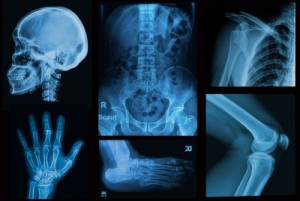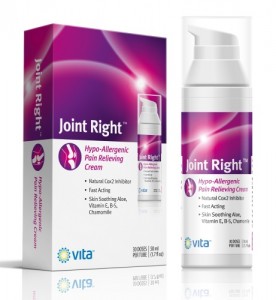 Joint pain can stem from a variety of sources. Whether it be injury or chronic condition, pain can be a disruptive part of your daily lifestyle. You may need specialized medicine or other treatment to reduce some types of pain. However, you can reduce some types of pain with at-home treatments. A recent study has found that you can reduce some types of joint pain by simply losing a small amount of weight.
Joint pain can stem from a variety of sources. Whether it be injury or chronic condition, pain can be a disruptive part of your daily lifestyle. You may need specialized medicine or other treatment to reduce some types of pain. However, you can reduce some types of pain with at-home treatments. A recent study has found that you can reduce some types of joint pain by simply losing a small amount of weight.
What is joint pain?
Joint pain is any discomfort, pain, or inflammation that you may feel in your joints. Common areas where pain occurs is in the back, neck, and knees. However, pain may also appear on or around the joint at the muscles, ligaments, cartilage, bones, or tendons. For example, arthritis is the most common form of pain felt at the joints. Furthermore, tendonitis, bursitis, and fibromyalgia are examples of other causes of pain at the joints.
Weight loss and pain reduction
A recent study at the University of Michigan Chronic Pain and Fatigue Research Center looked at the relation of obesity and pain. A group of 123 obese study subjects were placed on a low-calorie liquid diet for 12 weeks. Also, they were asked to increase their physical activity gradually. Study results show that a 10-percent loss of body weight over 12 weeks reduced pain in many areas of the body. In particular, study subjects felt less pain in the knees and hips, as well as the abdomen, arm, chest, and jaw. Researchers are not sure why 10-percent is the point at which pain starts to decrease. However, further studies may help to figure out why this particular percentage of weight is so critical to the reduction of pain.
How to lose weight to help reduce pain
Although the study talks about a liquid diet for weight loss, this is not the most practical approach for most people. Therefore, follow the tips below to help you lose weight in a healthy way for the long term.
- Read nutrition labels and be sure to choose foods that are lower in added sugars and sodium. The nutrition label provides total sugar information as well as how much added sugar. Added sugars are those sugars not naturally found in the food you are eating that is added for enhanced sweetness. Try to keep added sugar intake as low as possible. Natural sugars from fruit and dairy products are OK.
- Get more sleep each night. Studies show that people who get 3.5 to 5.5 hours of sleep each night compared to 7 to 12 hours each night consumed about 400 calories a day more on average. This could be due to sleep deprivation affecting appetite hormones such as leptin or ghrelin. Therefore, try to get at least 7 to 8 hours of sleep each night for optimal health. If you have trouble sleeping, try reducing screen time at night, blackout curtains on your windows, or contact your healthcare provider for more assistance.
- Track your calories to make sure you are not consuming more than you are burning each day. Use an app on your Smartphone or write down what you eat in a food journal. If you are still having trouble losing weight with this method, check with your healthcare provider or a registered dietitian to help you plan healthy meals and snacks.
- Make sure you are eating enough fiber and protein each day. Animal products such as meats, poultry, seafood, eggs as well as low-fat dairy products are important sources of protein in the diet. Fiber comes from fruits, vegetables, and whole grains from such foods as oats, quinoa, and whole-wheat. If you are vegetarian or vegan, be sure to consume plenty of legumes, soy proteins in tofu and soy milk, as well as plenty of nuts and seeds to get enough protein in your diet. Protein helps your body maintain lean muscle mass, which in turn helps promote healthy metabolism. On the other hand, fiber helps keep your gut healthy and keeps you fuller longer, which can both assist in healthy weight loss and management.
- Drink plenty of water to help with promoting healthy hydration to reduce the incidence of dehydration, which in turn could cause your body to retain fluid.
- Stay active. Moderate exercise each day for at least 30 minutes total is recommended for heart healthy. Exercise can also help in managing blood glucose levels and body weight.
Besides losing weight, you can also reduce joint pain with a supplement such as Relocane by Vita Sciences. Relocane contains natural anti-inflammatory ingredients such as turmeric which promotes effective pain relief.
-written by Staci Gulbin, MS, MEd, RD, LDN
Sources:
HealthDay (February 6, 2018) “Losing Weight Eases Obesity-Related Pain. But How Much Is Enough?”
Mayo Clinic (January 11, 2018) “Joint Pain”.

